If you purchase an independently reviewed item through our site, we earn an affiliate commission. Read our affiliate disclosure.
Rats are one of the most notorious pests around, and definitely not something you would want around your beehives. But do beehives attract rats? Well, honey and pollen are the major food items obtained by honey bees. And many predators are believed to be attracted to these foods and may affect or ruin the hive. For a beekeeper, learning of ways to protect the beehive becomes a priority. Rats are furry animals that have a history of been present almost everywhere on Earth. Almost every farm in the United States has trouble with this animal. It is one of the reasons many farm owners keep cats around. In this article, we’ll discuss whether or not beehives can attract rats.
What are Rats Like?
Rats are medium-sized animals with long tails that are usually confused with a mouse. They are furry animals that are deemed as one of the most invasive pests to farms. They differ from mice based on their sizes as mice are smaller. The common types of this animal are black and brown rats. They are found domestically and in most farms where they act as pests.
There are many genera of rats aside from the common Rattus. These include that of the Bandicota known as the bandicoot rats, Neotoma; the pack rats, and also the Dipodomys; the kangaroo rats. The common rat is found close to residents and is known as opportunistic as they may cause extreme food damage.
Rats are also known to be a vector to various animal pathogens: including Campylobacter, Leptospira, and many others. Rats are convenient pathogen hosts as they find it easy to navigate residential areas. Hence, making them a possible danger.
Sexually, rats mature within 6 weeks and are deemed socially mature within 6months. Their life span may be as low as a year as they are easily predated upon. Rats have a very unique and outstanding sense of smell and can catch on smells easily. They are kept as pets, laboratory animals, food, and many more.
What do Rats Eat?
Rats are known to reside in residential areas close to humans and weirdly are not plain carnivores. Rats are omnivores as they can be opened to meal diversities when their major food is unavailable. For a pest, rats are picky and in the case of invasion can destroy every food product along their paths.
Since they are picky, when exposed to vegetation, rats have the following food as their best choice. These include grains, vegetables, nuts, fruits, and similar foods. However, eating insects is also a common meal for these rodents. It is possible to find rats feeding on trash, waste, and even their exudates. These may not be their major meal but it is one of the possible.
Rats are opportunistic organisms and even though they can eat insects, they rarely do so. Eating or preying on insects requires hunting and can be very tasking for these animals. Faucets, leakages, drains, and the likes are a source of attraction to this pest, as they draw their water from this source.
How to Spot and Identify a Rat Infestation
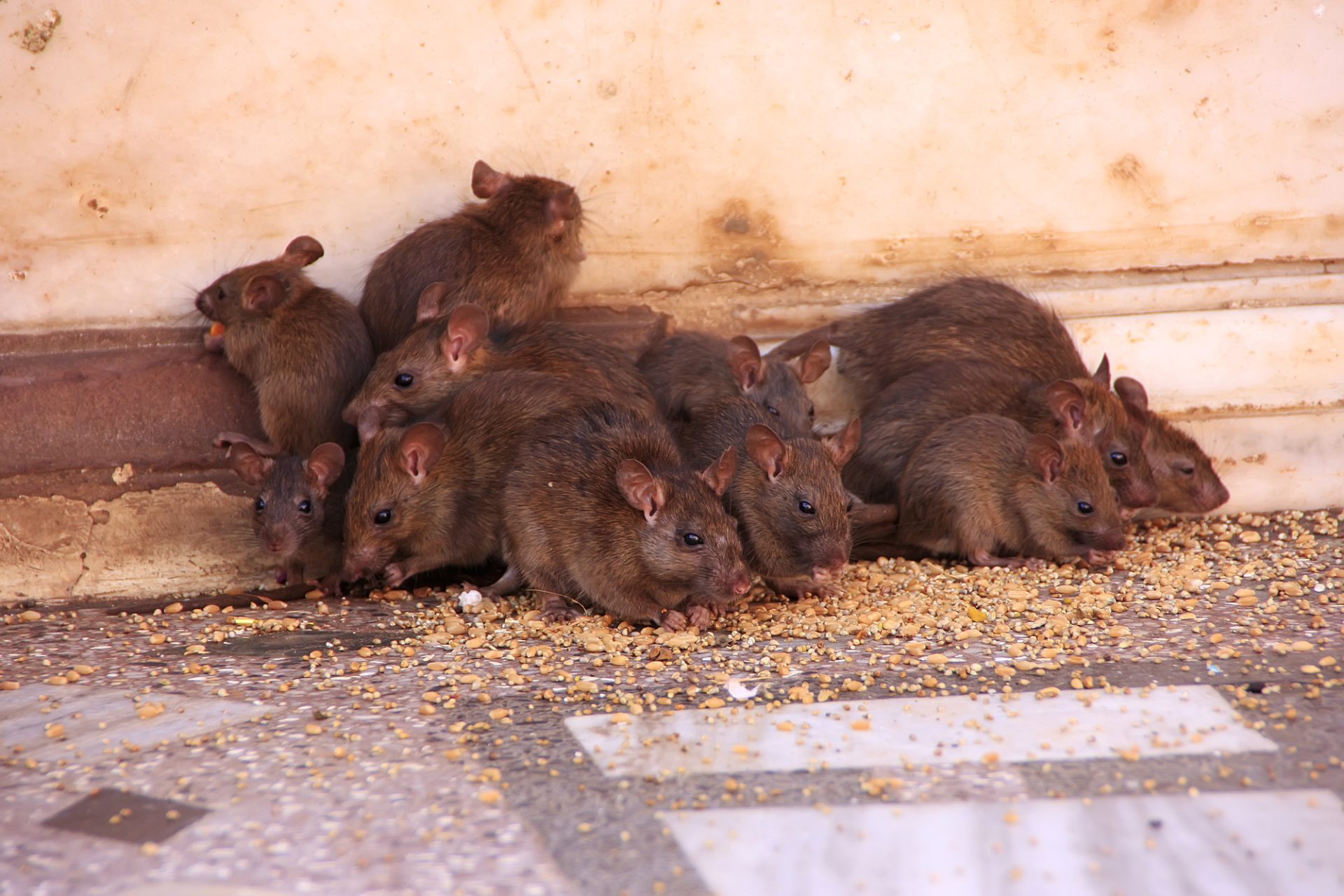
Having rodents domestically is not difficult to spot. Rats are very active and drop signs that announce their presence. Considering the following signs that a beekeeper must look for to confirm a rat infestation.
Rat droppings
The first sign of a rat is the droppings. Rats are not very neat animals and can make droppings anywhere they can. Finding rat droppings around hives or farms is a signal that a rat’s habitat is nearby. Also, the size of the dropping determines the size of the rat, and what measures can be taken. It is also very common for rats to make droppings close to their hideout or location.
Rub marks
Another important sign of rat infestation is the marks known as the rub marks. When rats infest a place, farm, or home, they try to eat everything that falls on their parts. In this action, rubbing wires by clawing them may occur. Hence, rats claw their way through many things and this unusual occurrence could be a sign of rat infestation. Also, during movement and running around, rats tend to drop dirt and other smudges that can serve as proof of their presence.
Scratching noises
Scratching noise is another one of these signs. Rats claw their way into many things and may be responsible for domestic accidents. Rats, while trying to eat whatever they find may aside from causing squeaking audible sounds, make noises while trying to cut or bite through materials. When this sound becomes too intense with a tiny feet movement noticed, these signs are proofs of a rat infestation.
Rat holes
Rats do not gain entrances into buildings like humans. Hence, there is burrowing for paths that lead to houses and farms. Rat holes are evidence of rat entry and its presence. When there are holes that are big enough for a rat noting that a small rat takes less space, a rat infestation should be expected. The best move when such a hole is noticed is a blockage. Blocking the hole hinders the animal from freely accessing the environment.
Rat nests
Finally, rats are fond of making nests in their habitats, and finding one of these is a sign of an infestation. These nests are made of wastes and torn materials all packed together with a choking furry smell. These can be spotted in dark and hidden areas as these areas provide them with seclusion and safety. Finding one of these nests or rat tiny footprints around hives is a good sign of rat invasion.
So, do Beehives Attract Rats?
A lot of animals are attracted to honey bees and this is one of the troubles with beekeeping. Rats unfortunately are not excluded from this list. So yes, beehives do attract rats. However, the attraction has different purposes. While the omnivore can eat both vegetables and smaller insects, eating bees is not its first choice. Rats, like other predators, are mainly attracted to the sweet honey from the honeycombs. Without doubts, rats are attracted to any habitat that has optimum temperature, food, and safety. Hence, finding a beehive is very attractive to this animal.
While some people may find rats preying on bees irrational, it is one of the common problems beekeepers face. The setting of traps is usually the general method of keeping predators away from beehives. But rats are smaller than most predators like raccoons or skunks and require more monitoring. However, as mentioned, this predation is uncommon and it is unlikely to find rats eating bees. Eating honey and pollen products on the other hand is not uncommon. The problem this infestation poses for the beekeeper can be very terrible. Firstly, the honey and pollen are eaten and may have rat hairs when cultivated. Aside from this, there is a reduction in the honeycomb output. Rats are known to get their food by clawing through them, hence, clawing through honeycombs is sure to ruins the hives and disrupt the beekeeper’s hard work.
Occasionally, it is common for bees to protect themselves from these predators by stinging them. Some beekeepers have recorded finding dead rats in their hive space and this may have been caused by the bees. Also, building back the hives can be easier than stopping the predators, as the bees can restore the hives themselves. The beekeeper’s main focus should be on preventing predators from ruining their hives.
Protecting Your Beehive from Rats
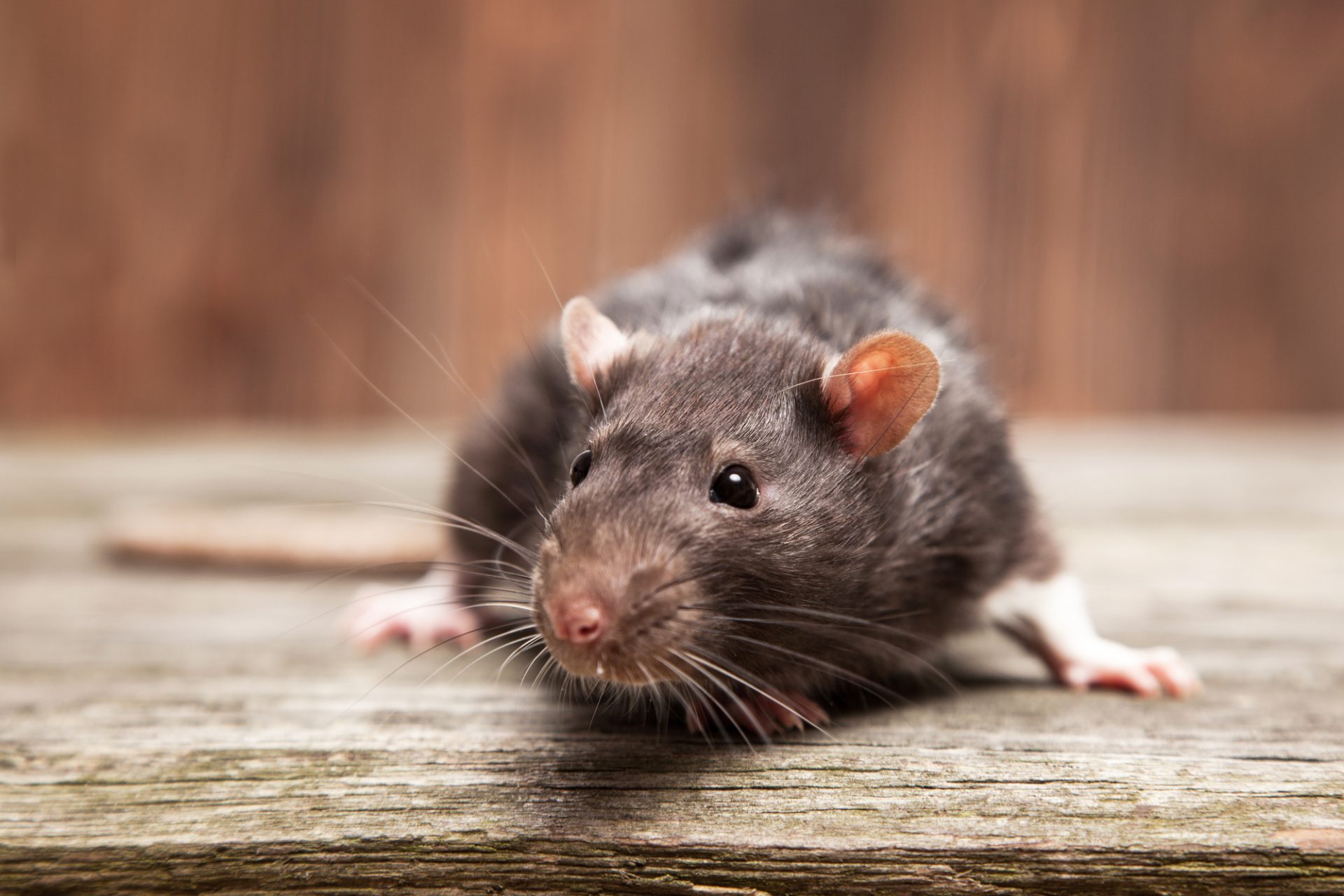
Rats are one of the most dangerous and stubborn pests to deal with. Most beekeepers complain of trying several methods and domestic tips and being unable to remove the pest. Here are some methods and techniques that can be employed to get rid of this pest and maintain a safe hive.
1. Hive hygiene
The first important method to consider is the hive’s hygiene. Rats are not clean animals and are less likely to be found in clean areas. Hence, keeping the hives clean and well tendered is a way of repelling rats and most predators permanently and easily. Aside from being a predator repellant, this improves the hive. This also includes the treatment and disposal of infected combs and ensuring maximum cleanliness.
2. Raising the hive
Raising the hive away from the ground is another method. Although there are many methods of dealing with rats and killing them, to merely keep them away, this is ideal. Rats and most predators find it difficult to reach elevated hives and will cause lesser damages. Also, to reduce stress and the possibility of being climbed, using a stand will work.
3. Use odor repellents
Another method that can be used specifically for rats is based on their smell. Rats have a strong sense of smell and can smell things from a distance, this can be used to a beekeeper’s benefit. This can be done through the use of products like bleach, vinegar, garlic, and others. These smells can serve as repellants to the pest while it is neutral to the bees. Importantly, some of these products are needed in larger quantities or in strong smells to be effective.
4. Use an entrance reducer
Using a mouse guard for entrance reduction. Asides from the propolis that bees release to protect themselves, entrance reductions are useful too. These reductions serve to hinder any predator that is as big as a wasp, mice, or rat from entering the hive. However, bees are allowed entry freely in this setting but predators are hindered.
5. Get a cat
One of the easiest methods to deal with a rat is getting its sword enemy. Cats are known as an enemy of rats and can help in handling most rat infestations. Most beekeepers have no idea of how dangerous rats can be to their hives because of their cats. Cats are a good, natural defense against rats.
6. Setting rat traps
Although this is not the best way to deal with rats, it works. Traps can be placed around the hive meticulously to catch the rats. Some beekeepers keep cameras around their hives to monitor movements. This can be a good way of knowing where to place traps.
7. Poisoning foods
Perhaps a more drastic measure, poisoning is the most common method used against rats domestically. This is done by obtaining commercial rat poisons and adding it to delicacies prepared for the rat. This is placed far away from pets and other reared animals in places where the rats move around.
8. Filling up the rat and predator holes
Rats do not appear without source and the common cause of an infestation is from other farms or bushes around. Taking care of these holes and reducing the chances of invasion is one way to deal with the rats. Seeing a rat around is evidence that there are many others in the area. Taking care of the holes and nest is vital to dealing with this predator.
9. Keep a Clean Environment
Rats are attracted to dirty places and trash, hence, dealing with these environments can help deter these animals. However, keeping pets away from these places is also very important.
10. Fence the beehive
Another way to deal with rats from attacking a beehive is fencing the hive. Fencing the hive provides less access to the hive and keeps predators away.
Further Thoughts
Managing a beehive comes with a lot of challenges, one of which is keeping away predators. During winter, one of the most convenient places for the honey bee to be in is the beehive. This is because the environment is always warm, mild, and has enough food. A lot is invested into cultivating a proper beehive but this may be frustrated by predator and pest actions.
Conclusion
Keeping a beehive safe is tasking and can be very easy if the right steps are known. It is a great opportunity to know the right steps to take before an infestation occurs. Rats have a very high rate of reproduction and having just a few could change within weeks. Like other predators, this animal is attracted to beehives mainly not for the bees, but rather their by-products. However, in this action, rats can ruin and destroy the hive. Rats are attracted to beehives and as omnivores, they can eat both vegetables and smaller insects. Therefore, a proper way to prevent the hive against their infestation is very important. Using chemicals, poisons, and other products are used against this infestation. Also, these attacks should not be addressed lightly as rats can develop within weeks.
References
- https://www.aboutthebees.com/do-beehives-attract-rats/
- https://www.honeybeesuite.com/rats-honey-bee-predators/
- https://craftofmanhood.com/do-beehives-attract-rodents-here-is-what-you-must-know/
- https://www.beesource.com/threads/rats-and-mice.219976/
- http://ucanr.edu/sites/sandiegobees/files/254534.pdf
What are your thoughts on this article? Leave a comment below and let us know.
 BeeKeepClub Resources and Guides for Beekeepers
BeeKeepClub Resources and Guides for Beekeepers

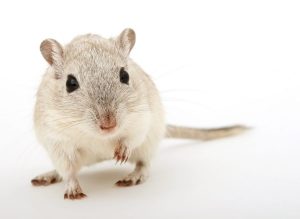
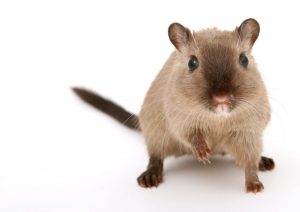
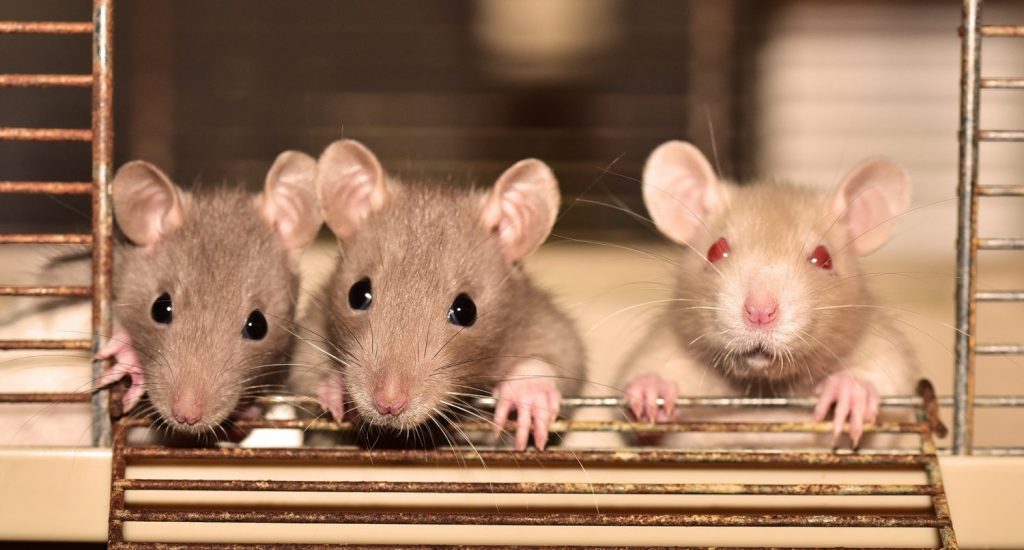
interesting article, this year bees are nesting under my shed, then wasps nested on other side of shed, then rats burrowed under the back of shed, I noticed this as smaller rat holes appeared on the wasp side of shed, I was able to kill by trap 5 baby rats, severely wounded the mother rat as she barely escaped the full impact of the trap, bloodied she ran off only to die we hope, was able to destroy the wasps but Cannot get the bees to leave as we are doing everything humanly possible not to kill the bees, need… Read more »
Hello,
The bees are not likely to move on their own. You will have to contact another beekeeper or bee removal service to have them relocated.
[…] But rats are smaller than most predators like raccoons or skunks and require more monitoring. However, as mentioned, this predation is uncommon and it is unlikely to find rats eating bees. via […]
[…] So yes, beehives do attract rats. Rats, like other predators, are mainly attracted to the sweet honey from the honeycombs. via […]
[…] Rats, like other predators, are mainly attracted to the sweet honey from the honeycombs. via […]
[…] So yes, beehives do attract rats. However, the attraction has different purposes. While the omnivore can eat both vegetables and smaller insects, eating bees is not its first choice. Rats, like other predators, are mainly attracted to the sweet honey from the honeycombs. via […]
[…] The setting of traps is usually the general method of keeping predators away from beehives. But rats are smaller than most predators like raccoons or skunks and require more monitoring. However, as mentioned, this predation is uncommon and it is unlikely to find rats eating bees. via […]